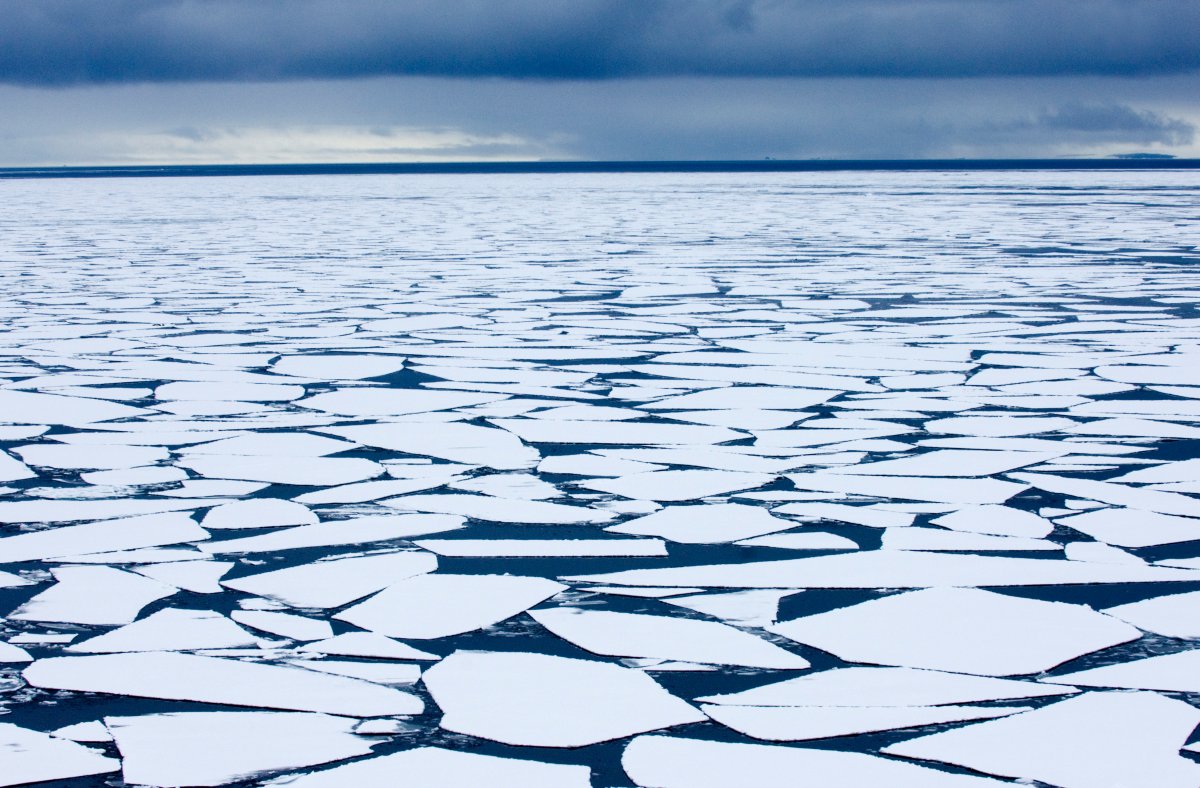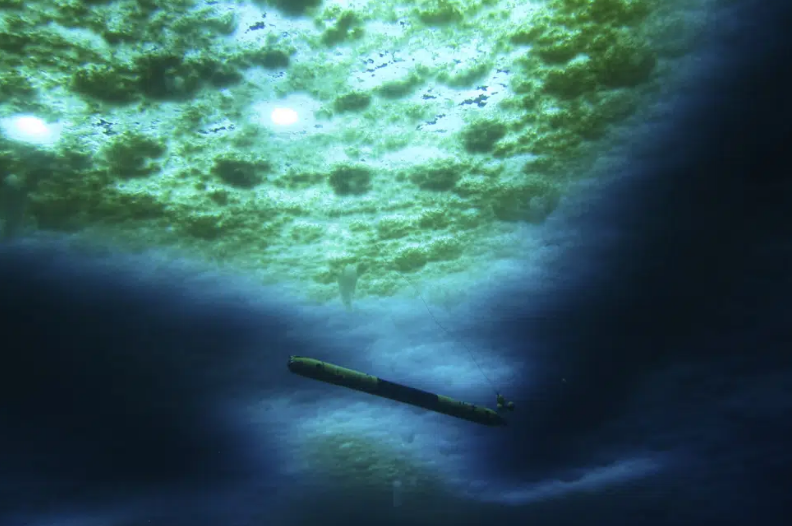The amount of sea ice surrounding Antarctica has hit the lowest level ever recorded and is expected to shrink even further.

Scientists at the National Snow and Ice Data Center (NSIDC) in the U.S. released a report Tuesday claiming the record-breaking loss of floating ice on Feb. 13 may be a sign that the Antarctic is now starting to react to general planetary warming.
Antarctica is currently in its melting season, but the level of sea ice in the region is known to have extreme seasonal variations, according to Ariaan Purich, a research fellow at Australia’s Monash University. The NSIDC reported that with a few weeks still left in Antarctica’s melting season, sea ice levels are “expected to drop further before reaching its annual minimum.”
“What’s really remarkable is that this February, it’s lower than any other February on the observational record,” Purich told the Australian Broadcasting Committee.
“There’s still a lot of research into what is driving this event, but from what we know from climate models, projections of future sea ice over the coming decades show that sea ice will decline because of global warming,” Purch said.
Scientists are not yet sure whether it is unusual atmospheric circulation or oceanic conditions that are directly affecting the greater loss of Antarctic sea ice.
“With more data we might be able to get a better idea of the influence of global warming on the sea ice this year,” Purich said.
Before February 2023, the lowest level of Antarctic sea ice ever recorded was just the year before in February 2022. Records measuring floating ice in the region stretch back as far as 1979.

This February, Antarctic sea ice fell to 1.91 million square kilometres. The previous record minimum was 1.92 million square kilometres in 2022.
A potential global impact

Get breaking National news
Over the winter, sea ice coverage is expected to return. Purich said scientists are not as interested in how much sea ice there is or isn’t at a given time of year, but rather whether the sea ice is comparatively different to the same time in previous years.
Sea ice is a vital component of Earth’s ecosystem beyond the Antarctic. The floating ice is necessary to stabilize Antarctica’s ice shelves, which are floating ice sheets attached to an actual land mass.
Without Antarctic sea ice, ocean waves can pound ice shelves and cause them to break up. If the pieces break apart and subsequently melt, global sea levels will rise more quickly, scientists claim. Floating sea ice itself does not directly influence sea level rise.
The ‘Doomsday Glacier’
Antarctica is home to numerous major ice shelves, one of which protects the Thwaites Glacier, otherwise called the “Doomsday Glacier.” The glacier received its frightening nickname because a potential collapse could lead to a global sea level rise of about 3 metres.
On Wednesday, two new studies published in the journal Nature revealed the glacier is quickly melting in unprecedented ways.
- Teen who desperately needed size 23 shoes now holds 2 world records
- Canada abstains from UN motion calling on Israel to end presence of Gaza, West Bank
- U.S. sues owner of ship that caused Baltimore bridge collapse for US$100M
- Iranian hackers tried to send stolen Trump info to Biden campaign, FBI says
The Thwaites Glacier, larger than Newfoundland, is now displaying deep fractures, which lead to the formation of “diffusive staircases” that can increase the rate of melting. According to the study, the actual ice shelf itself protecting the Thwaites Glacier is not rapidly melting due to a layer of colder, fresher water at the base of the glacier.
Using a 13-foot pencil-shaped robot that swam under the grounding line of the Thwaites Glacier, where ice first juts over the sea, scientists saw a shimmery critical point in the chaotic breakup. The robot’s creator and polar scientist Britney Schmidt of Cornell University said the ice is “melting so quickly there, there’s just material streaming out of the glacier.”
Before, scientists had no observations from this critical but hard-to-reach point. But with the robot named Icefin lowered down a slender 1,925-foot (587-metre) hole, they saw how important crevasses are in the fracturing of the ice, which takes the heaviest toll on the glacier, even more than melting.
“That’s how the glacier is falling apart. It’s not thinning and going away. It shatters,” said Schmidt. She is the lead author of one of the two studies in published in Nature.
The good news: Much of the flat underwater area they explored is melting much slower than expected. The bad news: That doesn’t really change how much ice is coming off the land part of the glacier and driving up sea levels, said Peter Davis, an oceanographer at British Antarctic Survey who is also a lead author of one of the studies.
The retreating ice falling off the glacier and into the sea is the biggest problem for the Thwaites. The more the glacier breaks up or retreats, the more ice floats in water. When ice is on the ground as part of the glacier, it isn’t part of sea rise; when it breaks off of land and then goes onto water, it adds to the overall water level by displacement, just as ice added to a glass of water raises the water level.
— With files from The Associated Press












Comments